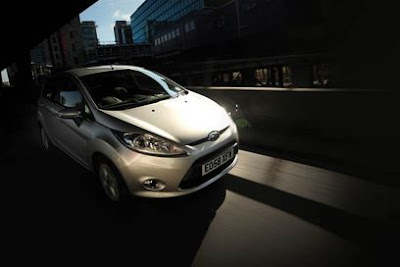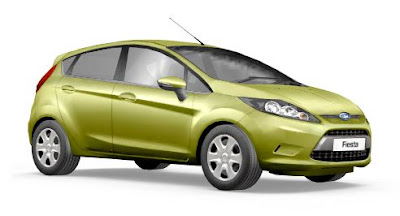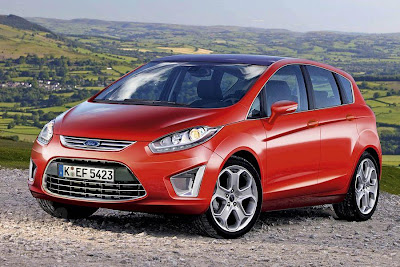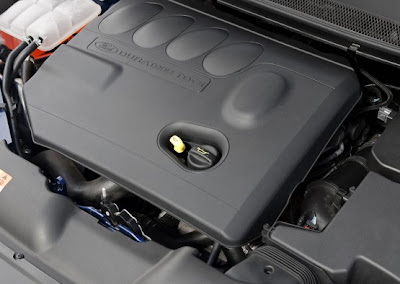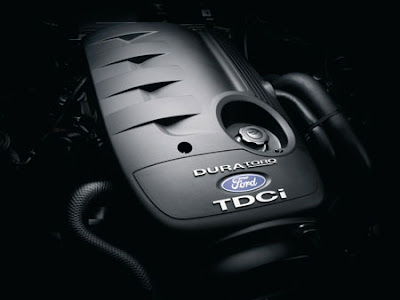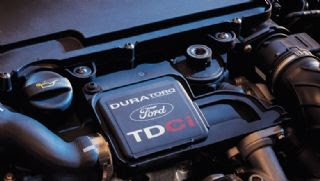Duratorq TDCI Cars
New Ford Fiesta 1.4 TDCI Cars Review
Ford Fiesta Duratorq TDCI Cars
Review Ford Fiesta
The general consensus of opinion is that Ford has done it again with the Fiesta. We don’t want this to read like an issue of the Ford fan club newsletter but you really do have to hand it to the Blue Oval. Its cars have been consistently credible throughout the last few years with barely a hiccup on the product development front and the latest generation of its long-serving supermini must go down as one of the highlights.
Having got the back slapping out of the way, it’s worth having a bit of a reality check. The Fiesta is very good but it’s surrounded by talented rivals fighting tooth and nail for the hearts and minds of the UK’s supermini customers. It’s also fair to say that some Fiestas are better than others and you can bet that any weakness in the range will be ruthlessly exploited. Here we’re taking a look at the 1.4-litre TDCI models which are tasked with holding their own in the burgeoning market for affordable diesel cars.
The 1.4-litre TDCi engine has been a Ford stalwart for some time, showing up in the previous generation Fiesta amongst other models. Here it has 67bhp at its disposal and maximum torque of 160Nm is produced at 1,750rpm. On the road, this translates into a punchy and responsive feel at lower speeds but the sluggish 14.9s 0-60mph time tells the story of a car which is less at home when asked to stretch its legs. It might take a while to get there but once up to higher cruising speeds, this Fiesta will sit on the motorway quite happily and the lack of pace is successfully glossed over on twisty roads by the excellent chassis.
This is a fine handling car with its variable power assisted steering providing weighty reassurance at speed and a light touch when manoeuvring. The suspension absorbs bumps expertly and but stays firm enough to resist roll when cornering. The five-speed manual gearbox has a pleasantly slick action and there’s a wide range of adjustment in the driving position to keep everyone happy.
"The Fiesta is an outstanding package regardless of its engine."
Related : Ford Fiesta 1.25 Duratec ~ Duratorq TDCI Cars Models Ford Fiesta Parts 1



















